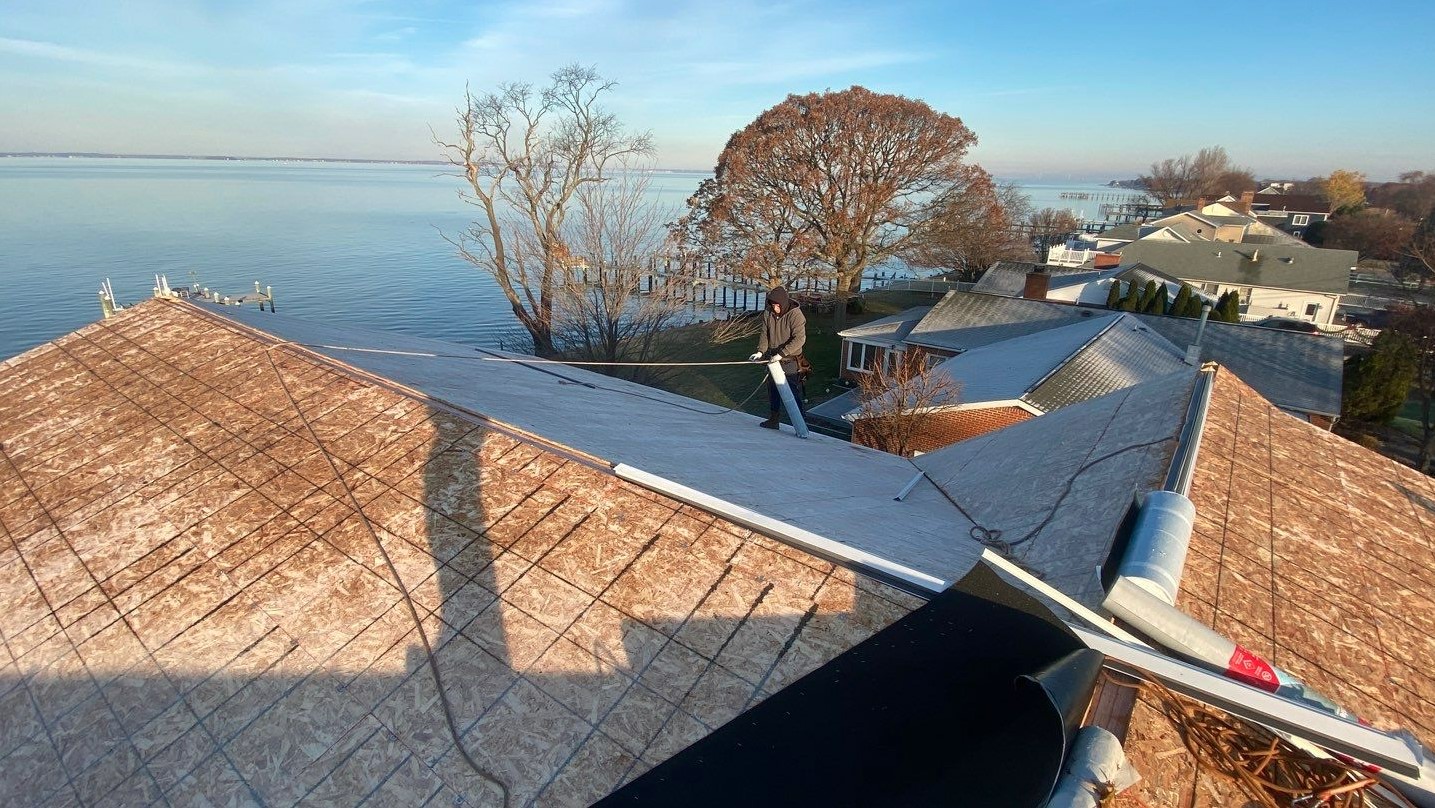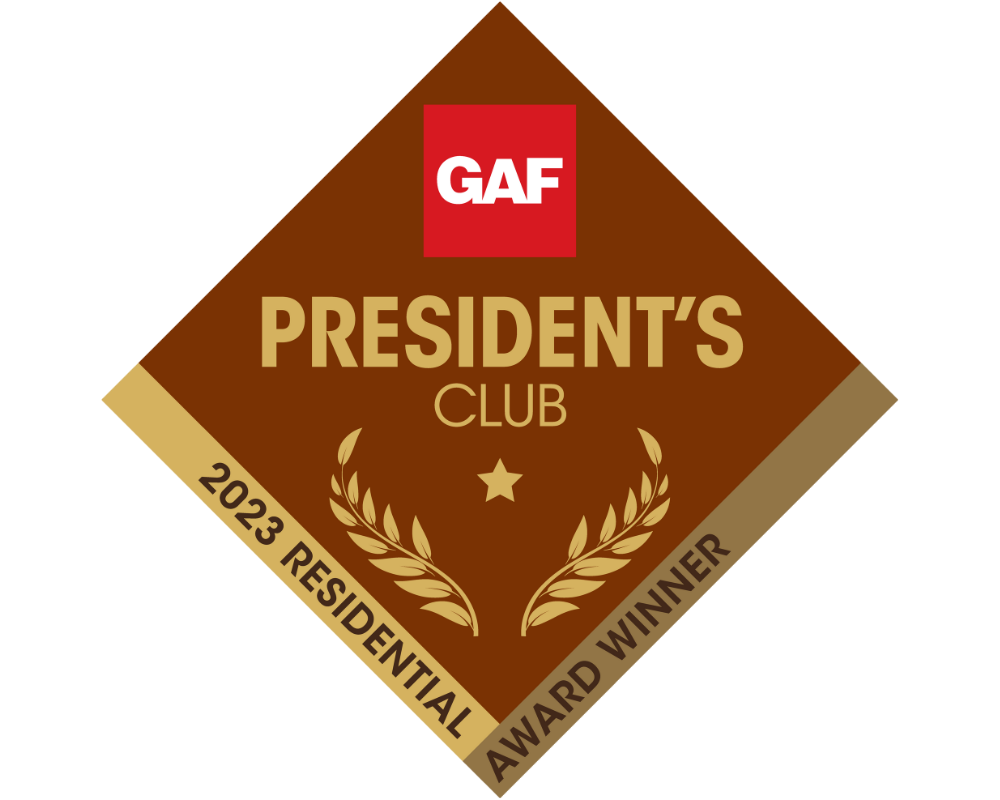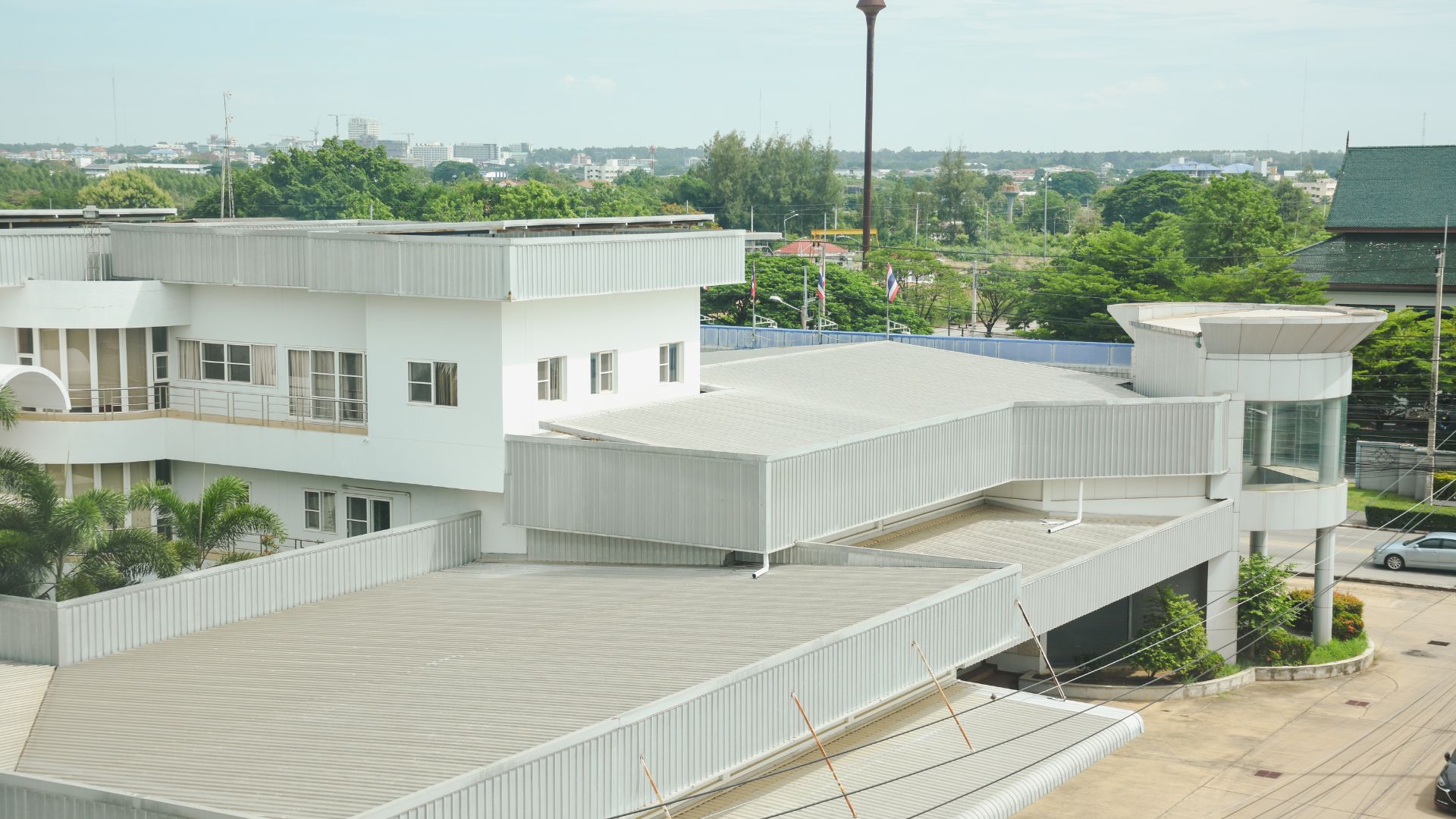Did you know the roofing contractor industry is worth over $56 billion?
Having a well-maintained roof is essential during the wintertime, and so is knowing the potential risks you can face. With so many professionals in the industry, it’s hard to know where you should turn to learn about winter roofing.
Luckily, though, we’re here to help. Read on to learn our winter roofing tips.
Winter Roofing Tips
In the winter months, snow and ice can cause significant damage to your roof. Heavy snowfall can accumulate on the roof, leading to structural issues from the extra weight. Freezing temperatures can create a risk of ice dams forming. To ensure that your home is well-protected during wintertime weather conditions, it is important to take preventative measures when it comes to winter roofing. These tips can help you to prepare your roof for the season while also avoiding costly repairs down the road.
Ice Dams
These dams are formed from collected snow on rooftops. As the snow melts, more continues to fall on top, and then that water refreezes. As time goes on, this forms a dam.
When that dam forms, the meltwater gets pushed underneath your shingles and can find its way into your attic. As that water builds up, it will seep through your insulation and eventually the walls. At this point, once you’ve finally found the leak, you’re going to face a lot more damage than you initially see.
These dams can not only compromise the integrity of your home’s sheetrock, but they can also cause structural damage, mold, and mildew.
Bad Seams
The seams on your roof are one of the most susceptible areas for water infiltration during any season. This is especially true during the winter when snow is potentially sitting on your roof for extended periods of time.
If the seams you have between panels or rolls of the membrane are already faulty, that snow is only going to make it worse. You’ll see this problem the most during the warmer days following heavy snowfall. As that snow starts to melt rapidly, the runoff is only going to be funneled into the seams, causing some serious roof leaks to follow.
Cracked Membrane
Speaking of the membrane, if your roof is flat, winter can prove especially difficult for keeping things sealed tightly. With snowfall comes a consistent freezing and thawing cycle, which places stress on the membrane itself. That means extra cracking or even leaks for older roofs.
Weak Flashing
Flashing is an essential component of any roof. It’s placed where the roof meets in places like the chimney, or on any corners of your roof. It’s what protects these vulnerable spots, like your seals and other gaps, from the water that could potentially seep through during snowfall.
In the event that your flashing is broken or damaged, it will be vulnerable to melting ice or snow, which means your home will suffer additional water leaks or damage.
Attic Condensation
If your attic isn’t well-insulated, wet air can enter your home, causing extra humidity and moisture build-up.
Since attic temperatures are cooler than your home temperatures during the winter, this can cause that moisture to turn to condensation that builds up on the rafters and other wooden surfaces.
Those droplets then fall and are prone to seeping through your ceiling, causing what may look like a leak caused by outside moisture. You’re also leaving your rafters and other roofing components susceptible to things like mildew, mold, and even rot if things aren’t tended to quickly enough.
Exhaust Fans
Did you know the exhaust fans in your bathroom aren’t typically vented outside? They’re actually vented straight into your attic.
So, as that warm air collects in the attic through your ventilation system, condensation can actually form and turn to either frost or ice inside your home. Similar to condensation, that moisture will find its way into your living spaces in the form of what looks like a leak.
Clogged Gutters
Clogged gutters are one of the worst problems that come with wintertime. If you’re in an area that’s prone to rainy autumns, it’s important to have your gutters cleaned out before the snow hits. Otherwise, you could be dealing with extra water damage by the end of the season.
All the extra water melting ice and snow has nowhere to go, and it’s going to end up pushed back underneath shingles. Eventually, it’s going to seep its way into the attic, down walls, or even through your ceiling.
Winter Roofing Tips For Leaks
So, what can you do about a winter roof leak? The key is actually prevention.
It’s important to clean gutters out before winter storms hit so you’re not dealing with built-up leaves and debris. In addition, make sure sure that your attic is well-insulated and dry before the season starts. This way you can avoid condensation formation.
If you didn’t catch the problem before it started, though, it’s important to call in a local residential roofing contractor. They’ll be able to find the source of that leak and get things patched up. They’ll also be able to check on the integrity of your shingles and flashing in order to give you an accurate estimate.
The unfortunate part, though, is that roof inspections during the winter months are difficult. All the extra snow, ice, and buildup make it particularly hazardous to climb on top of the roof. This is why it’s so important to trust this work to the professionals.
You can have your problem solved, and they can make sure things are patched up so they don’t recur.
Don’t Wait To Get Help
No matter what your roof needs, it’s important not to wait until the last minute to find help. If you find yourself facing one of these problems in the middle of the season, it’s going to be difficult to find help when contractors are at their busiest.
In this case, prevention is the best medicine. Contact us to get your roof winter-proofed before the snow hits.






